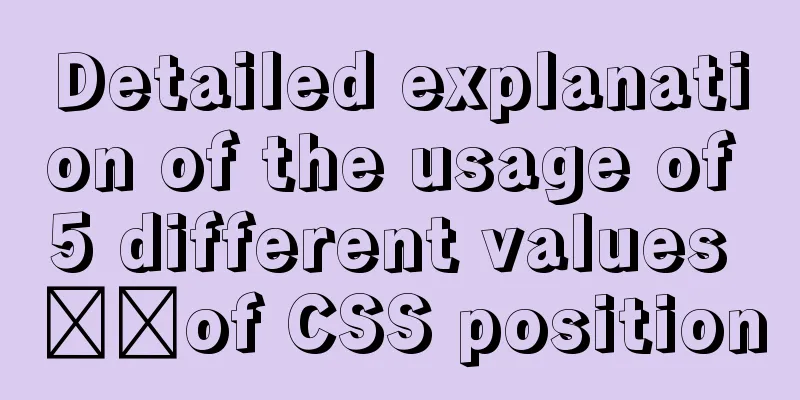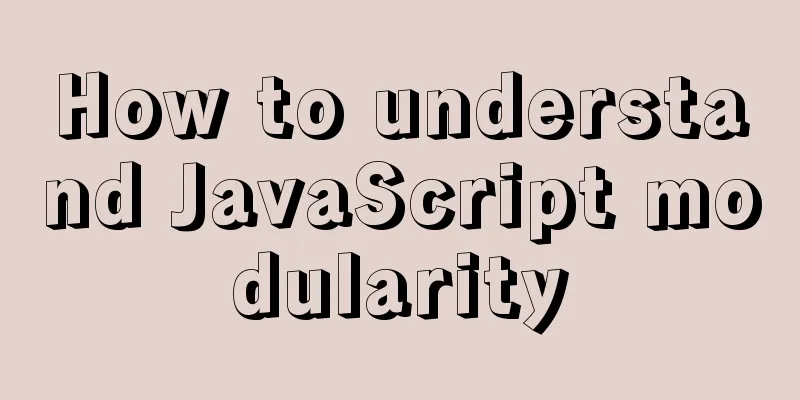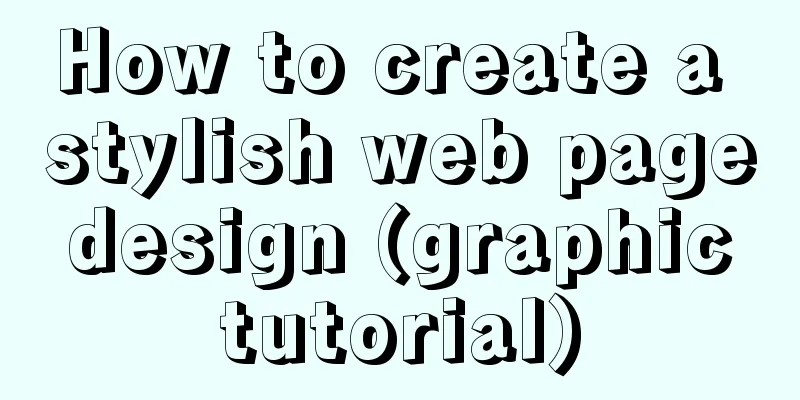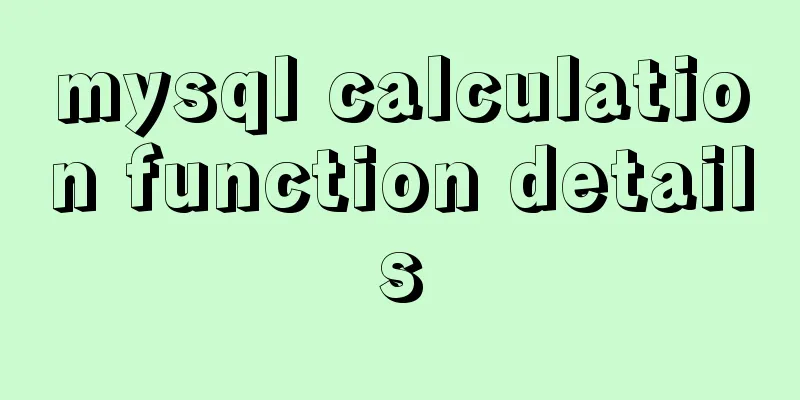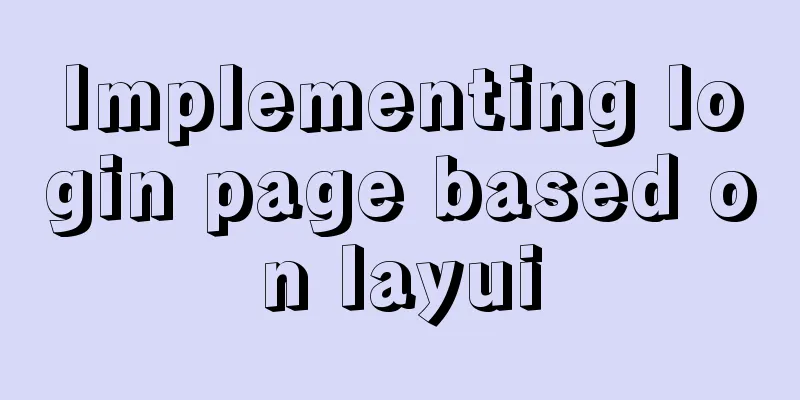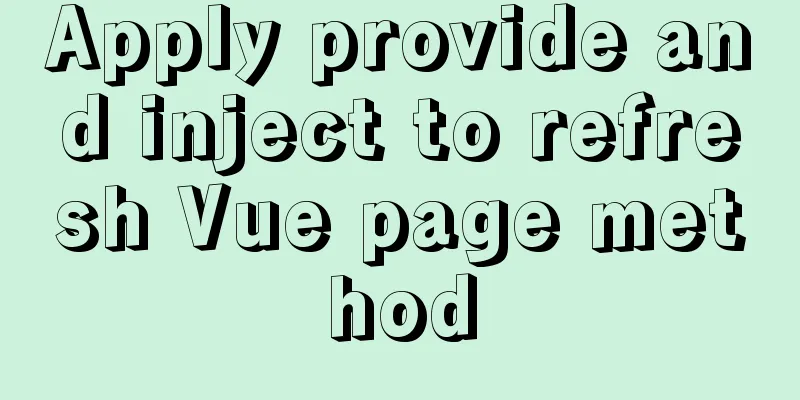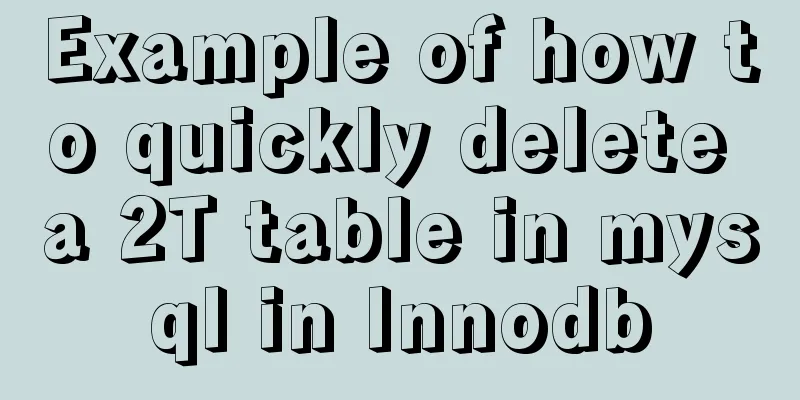Introduction to the visual expression of the core content of web pages (picture and text)
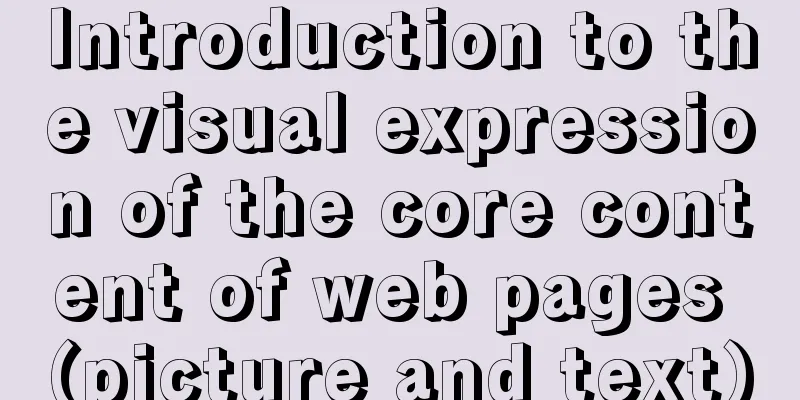
|
Optimizing and refining information is always the first step in design. "This is a sentence on the banner of Baidu Alliance User Experience Center. In the process of doing web design, I have more and more personal experience and ideas about such summaries. Of course, this concise sentence actually contains a lot of content. I personally think that it includes at least the following four aspects: 1. From the perspective of the entire appeal of the website, what information needs to be placed on the web page to better realize the appeal of the website? Which information needs to be retained? And which information needs to be placed on other pages or even simply discarded? 2. For the information that has been determined to be placed on the page, how to better write text and select pictures to achieve the perfect unity of functionality and visual beauty? 3. Distinguish the importance of information, which ones are important and need to be emphasized? And which ones are less important? 4. After distinguishing the primary and secondary information, how to better highlight and express it in terms of layout, color, and size, that is, visually? There are almost endless topics to discuss in each of these four parts, so in this article I will only sort out and summarize my understanding of the fourth aspect, that is, the relationship between the core content and visual expression on the web page. I will try my best to write down all the contents I have considered, and give some specific examples to illustrate my point of view, so that everyone can better understand it. 1. The impact of core content on page layout <br />The picture below is a company that provides WordPress website construction. On its homepage, you can see the following information from top to bottom: navigation, logo, slogan, work display, reasons for choosing us, contact form, log list, email subscription, Twitter information and copyright information. The first visual is undoubtedly the company's slogan and work display, which is the core content on the homepage of this website. Because as a website construction company, letting customers know what you do and how you do it intuitively should be the content that customers want to know most. So what visual considerations have been made for the core content? We can see that in the promotional slogan, the designer used a very large text size for the word "wordpress", and used a darker gray color to distinguish it from other texts, emphasizing that the company is building a website specifically with WordPress as the backend. The size of the work display picture below the promotional slogan is very large, with a width of 540 pixels, and the width of the entire design is 1000 pixels. Such a large-size display picture on the homepage can allow customers to see the original appearance of the work very clearly and directly, thus giving them an intuitive impression of the company's production level. Such large-scale works display has actually vaguely determined the layout of the entire website. Think about it, after placing a rectangle of 540 pixels wide and 460 pixels high in the upper left area of the screen, what information should be placed in the following area? It is actually just like placing building blocks, just place them one by one according to their importance. Of course, this is not the only layout method, but no matter what kind of layout method is used, our thinking should be based on functional considerations. So we can have creativity, but we must understand the difference between it and pure creativity that is out of the box.    From the finished work of Puppet, we can see that the gray background made according to the design idea is calm and low-key, forming a sharp contrast with the white picture border and background, and the gray and white color scheme will not conflict with the colorful pictures. No matter how the picture changes, it can be matched with gray and white. Therefore, the colorful pictures are more eye-catching against the white background and border, allowing important information such as photos to be fully expressed visually.   |
<<: Detailed examples of how to use the box-shadow property in CSS3
>>: HTML head tag meta to achieve refresh redirection
Recommend
Docker uses the nsenter tool to enter the container
When using Docker containers, it is more convenie...
HTML code analysis of text conversion effects for left and right movement
<div align="center"> <table sty...
Windows 10 1903 error 0xc0000135 solution [recommended]
Windows 10 1903 is the latest version of the Wind...
An example of using CSS3 animation to achieve the effect of a circle expanding from small to large and spreading outward
Preface This article mainly shares with you an ex...
A brief analysis of the function calling process under the ARM architecture
Table of contents 1. Background knowledge 1. Intr...
In-depth understanding of the creation and implementation of servlets in tomcat
1. What is a servlet 1.1. Explain in official wor...
How to draw a mind map in a mini program
Table of contents What is a mind map? How to draw...
Detailed explanation of vite+ts to quickly build vue3 projects and introduce related features
Table of contents vite Build Configuration vite.c...
Manually implement the two-way data binding principle of Vue2.0
In one sentence: Data hijacking (Object.definePro...
Use js to write a simple snake game
This article shares the specific code of a simple...
Solution for Vue routing this.route.push jump page not refreshing
Vue routing this.route.push jump page does not re...
Sample code for implementing follow ads with JavaScript
Floating ads are a very common form of advertisin...
CSS XTHML writing standards and common problems summary (page optimization)
Project Documentation Directory Div+CSS Naming Sta...
How to hide the text in the a tag and display the image? Compatible with 360 mode rendering
Often you will encounter a style of <a> tag ...
How to deploy Oracle using Docker on Mac
How to deploy Oracle using Docker on Mac First in...



